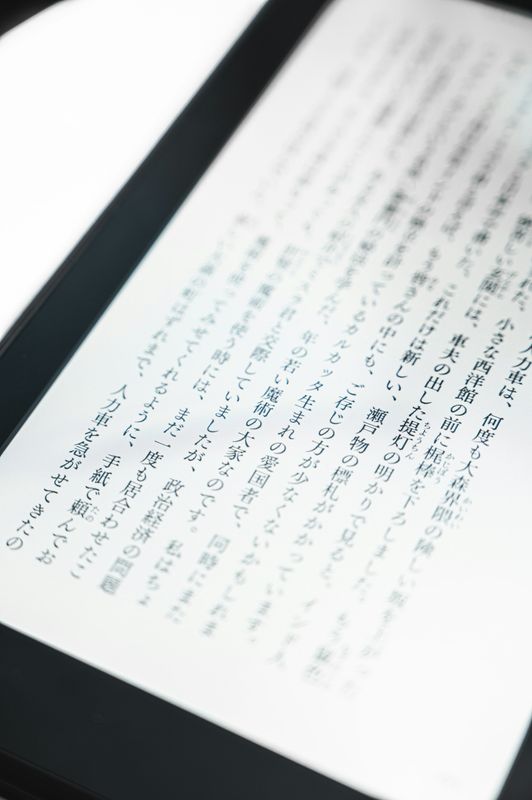
A Kanji Always Pays Her Debts
I often find myself having to take an elevator in a sparsely-populated wing of a medical research facility. When I do, I go up and down more than a dozen floors completely alone, because no one else ever seems to use that specific elevator. So I stand there in the metal box and I look around for something to contemplate, and my eyes fall on this elegant floor guide beside the doors.
It's beautiful, and its contents are fascinating. It is essentially a Japanese-English dictionary of medical disciplines. The thing that captures my attention is how differently these two writing approaches work for unfamiliar words. Most of those English-language terms are somewhat familiar to me, but I'm fuzzy on the meaning of some of them. There is one that, at first, I have no idea what it is about: "cytoarchitectonics". It must have something to do with architecture, but what of?
Fortunately, I can peek at the five kanji 細胞構築学 written next to the English word, and instantly everything is clear. These are all easy kanji that Japanese children learn early on, and that I've seen myself many times before. Here, the Japanese term is actually made of three common "words" (actually, the first two are "compounds", combinations of characters, and the third is a standalone character):















/cdn.vox-cdn.com/uploads/chorus_asset/file/23986639/acastro_STK092_03.jpg)





